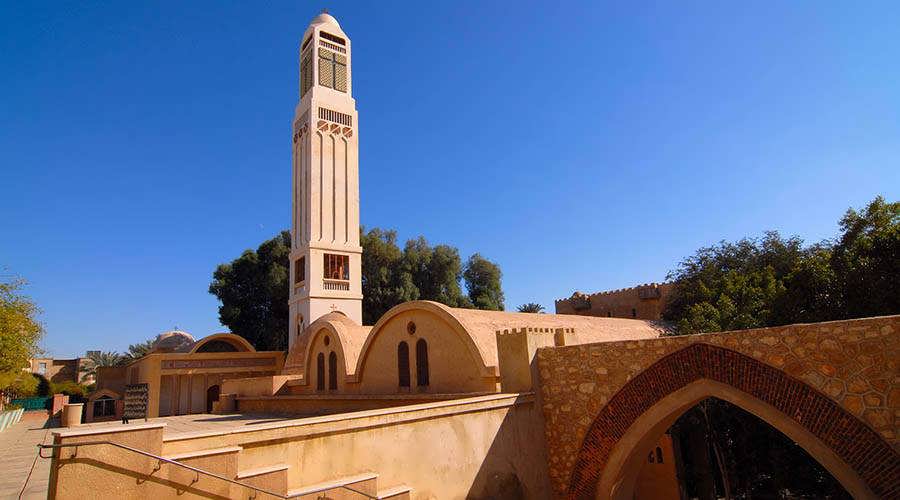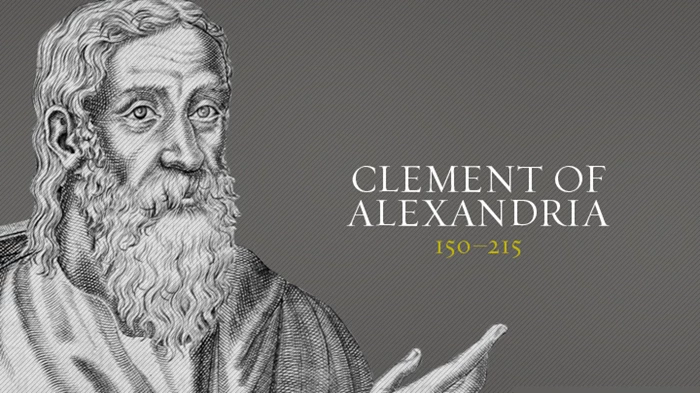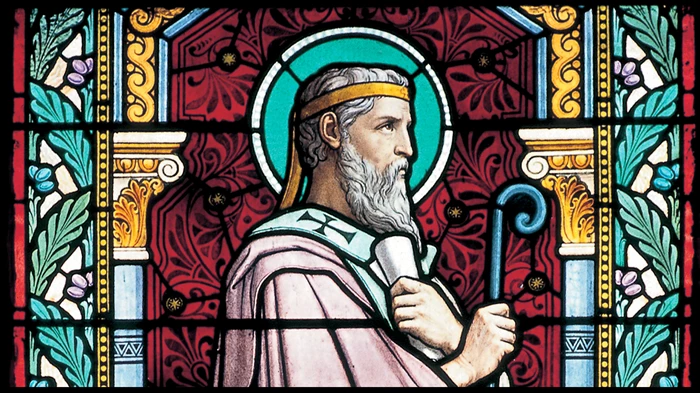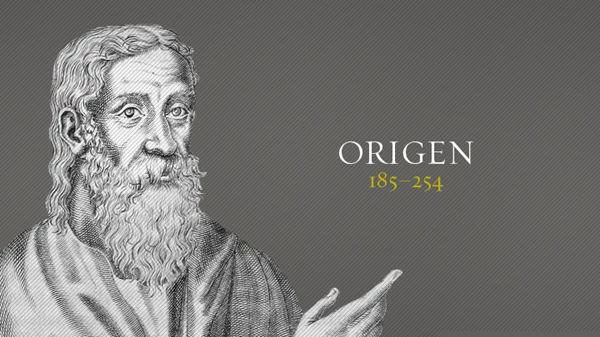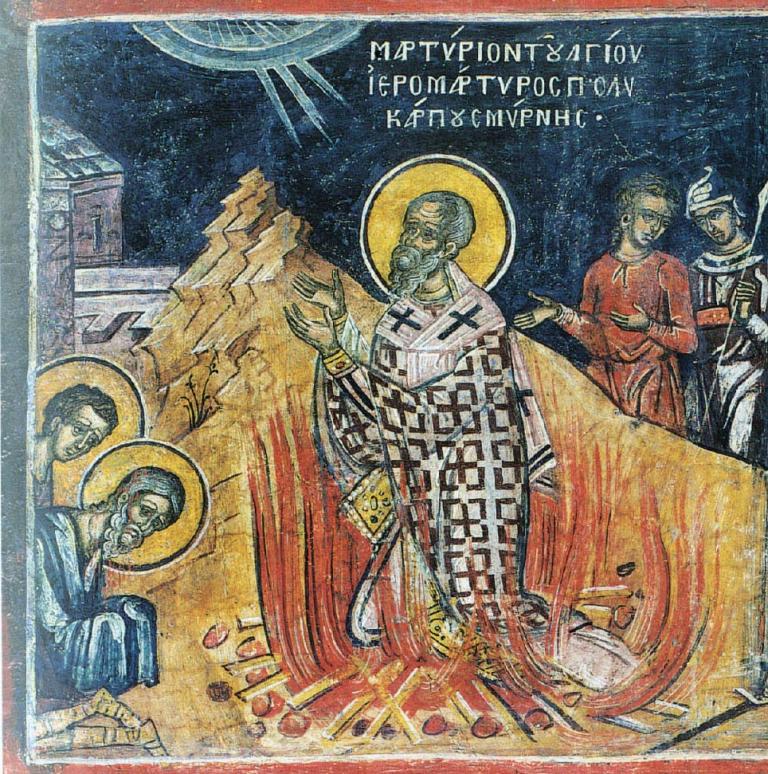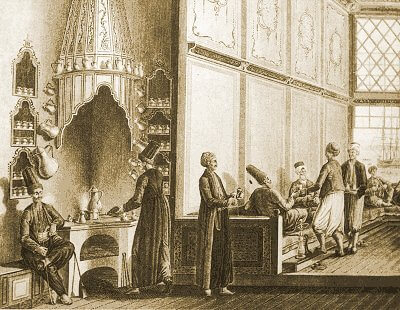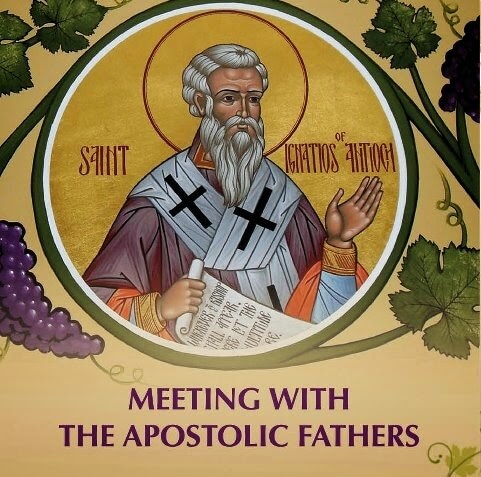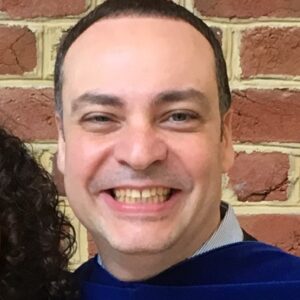I. The geographical location:
Wadi n’Natrun, in Arabic Wadi al-Natroun, also known as Scetis[1], is a valley about twenty-two miles long and five miles wide. In this valley, there are about eight salty lakes. These lakes contain varying quantities of Chloride and Sodium Carbonate[2]. Wadi n’Natrun is located in the Egyptian Great Western Desert, west of the Nile. The valley runs between two sides of undulating hills. These hills slope down to the sandy valley which is seventy to eighty feet below the level of the Mediterranean Sea at Alexandria.[3]

II. The historical context:
Wadi n’Natrun has a long History; Pharaonic and Christian. Otto Meinardus[4] wrote about the evidences that lead us to suppose that this region was considered sacred around the year 2000 B.C. Also, according to the Coptic tradition, the Holy Family visited Wadi n’Natrun during their flight into Egypt. Virgin Mary blessed the valley.[5]
After about three centuries of this blessed visit, Wadi n’Natrun became one of the three basic ascetic communities in the Egyptian Great Western Desert. These three ascetic communities were Nitria, Kellia and Scetis. Scetis is located about forty miles from Kellia and about fifty two miles from Nitria.[6] The term “Scetis” is sometimes used in the old sources to cover Nitria. But the term “Nitria” is never used to cover Scetis.[7] The ascetic community in Nitria and Kellia were founded by Amoun[8]. The ascetic community in Scetis or Wadi n’Natrun was founded by Abba Macarius the Egyptian. By the sixth century, the rest of the ascetic community in Nitria immigrated to Kellia and Scetis.[9] By the ninth century, the rest of the ascetic community in Kellia immigrated to Scetis.[10] Finally, Scetis or Wadi n’Natrun became the main center of monasticism in this area.
III. Abba Macarius and the founding of the monastic community in Wadi n’Natrun:
Abba Macarius the great (300- 390), in the sources, is called St. Macarius the Egyptian to distinguish him from his namesake, Macarius the Alexandrian. The name Macarius means “blessed”[11]. St. Macarius the great was born in Jijber[12] around the year 300. Before becoming a monk, he was a camel driver and a gatherer of Natroun. Around the year 330, Macarius went to Wadi n’Natrun where he first lived his ascetic life alone. Then this kind of life began to attract disciples and a small community formed.[13]

St. Macarius visited St. Antony[14] twice. In the first visit, St. Antony taught Macarius his monastic tradition. And in the second, Antony clothed Abba Macarius in the monastic habit.[15] These two visits gave the reason why Macarius is called the disciple of Abba Antony[16]. Macarius’ life filled with the heavenly wonders and signs. Year 390 is common as the year of his death[17], the 5th of April is considered the feast day of St. Macarius in the Coptic Orthodox church[18]. According to the Coptic tradition, Macarius is the legal inheritor to the monastic tradition of St. Antony. This inheritance gave Wadi n’Natrun a special importance among the monastic studies.
IV. The four monasteries of Wadi n’Natrun: Monastery of al-Baramus, Monastery of St. Macarius, Monastery of Abba Bishoi and Monastery of al-Surian
During the life of Abba Macarius, there were four ascetic communities raised in Wadi n’Natrun.[19] The places of these ascetic communities are the contemporary four monasteries in Scetis. First, around the year 340, Abba Macarius himself founded the first community in the place of the monastery of al-Baramus.[20] Also, around the year 360, he founded the second in the place of the Monastery of St. Macarius.[21] Then, his disciples, Abba Bishoi and Abba John the little, founded the other two ascetic communities. Abba Bishoi founded his ascetic community in the place of the Monastery of Abba Bishoi. And Abba John the little founded his ascetic community in the place of the Monastery of al-Surian.[22] Among these four monasteries, the Monastery of St. Macarius represents a very significant role in the monastic history. Abba Macarius spent the rest of his life with his ascetic community in the place of this monastery.
V. The significant role of the Monastery of St. Macarius:
One of the reasons that gave Wadi n’Natrun its importance is the significant role of the Monastery of St. Macarius in the Christian history. After the Council of Chalcedon[23], the whole tradition of the school of Alexandria moved to the Monastery of St. Macarius. The monastery and its library became the successor of the Theological School of Alexandria.[24] In the middle of the sixth century, the monastery became the official residence of the Coptic Patriarchs of Alexandria.[25] During the centuries of the Islamic role, the Macarian monks faced the persecution with patience. They rebuilt the old buildings in the monastery many times from the rubbish.[26] Some scholars argue that the Monastery of St.Macarius was the only place where the Coptic monasticism continued to be strong during some Islamic eras.[27] The Macarian resistance to the difficult circumstances did not protect the buildings from reaching a bad situation from the fourteen to the twentieth centuries. In 1969, Father Matthew the Poor[28] and his disciples went to live their ascetic life in the Monastery of Abba Macarius. Since this date, the monastery entered a very significant period of an architectural and spiritual revival.[29]
VI. A brief about the insights which the researcher gained from many visits to the Monastery of St. Macarius in Wadi n’Natrun:
The great insight was to understand that Church History is a living history. In his classical book “Great leaders of the Christian church”, Moyer[30] wrote: “Church History can be and should be read as a story for that is exactly what it is.”[31] A visit to Wadi n’Natrun, especially to the Monastery of St. Macarius, can affirm this fact in a very clear way. The visitor can feel the flavor of the ancient centuries mixed with a very mature contemporary ascetic life. Also, the mature architectural revival stands as a witness for the mature spiritual revival. The visitor can easily understand that without a mature spiritual sense, this architectural revival could not be existed.
Bibliography:
- Badr, Habib, Sa’ad Salim, and Joseph Abu Nahra. Christianity: A History in the Middle East, trans. George Sabrs, Nuha Jurayj, and Najla Salman Prothro. Beirut: Middle East Council of Churches, 2001.
- Chitty, Derwas. The Desert City. Crestwood, New York: St. Vladimir’s Seminary Press, 1966.
- Harmless, William. Desert Fathers: an introduction to the literature of the Early Monasticism. Oxford, New York: Oxford University Press, 2004.
- Mattá al-Miskīn. Coptic Monasticism. Wadi Al-Natroun: St. Macarius’ Monastery Press, 1972.
________The Monastery of St. Macarius: A Short History. Wadi Al-Natroun: St. Macarius’ Monastery Press, 1984. - Meinardus, Otto. Monks and Monasteries of the Egyptian Desert. Cairo: The American University in Cairo Press, 1961.
- Monks of St. Macarius’ Monastery. Our Father Matthew the Poor: A detailed biography. Wadi El-Natroun: St. Macarius’ Monastery Press, 2008.
- Moyer, Elgin S. Great leaders of the Christian Church. Chicago: Moody Press, 1951.
- Vivian, Tim. St. Macarius the Spiritbearer: Coptic texts relating to Saint Macarius the Great. Crestwood, New York: St. Vladimir’s Seminary Press, 2004.
- [1] There are two origins for defining the name “Scetis”. The first origin is Greek. According to this Greek origin, the name “Scetis” is derived from the Greek term “Σκήτις” which means “a place for worship”. The second origin is Coptic. According to this Coptic origin, the name “Scetis” is derived from the Coptic term “Shi-hêt” which means “to weigh the heart”. From: Mattá al-Miskīn, Coptic Monasticism (Wadi El-Natroun: St. Macarius’ Monastery Press, 2006), 208-210.
- [2] The Arabic pronunciation of Sodium Carbonate is “Natroun”, which is the Arabic name of the valley.
- [3] Otto Meinardus, Monks and Monasteries of the Egyptian Desert (Cairo: The American University in Cairo Press, 1961), 118-121 and William Harmless, S.J., Desert Christians: An introduction to the literature of early monasticism (Oxford: Oxford University Press, 2004), 174.
- [4]Otto Friedrich August Meinardus was a German Coptologist and pastor (1925-2005), who wrote numerous books and articles about Coptic Christianity in Egypt. Meinardus was born in Hamburg in 1925, where he received his secondary schooling. He studied theology and sociology in Hamburg, London, St Louis, Chicago, and at Harvard University, Boston, where he obtained his PhD. Dr. Meinardus was a professor at the American University in Cairo (AUC) from 1956 till 1968, and pastor of the Maadi Community Church (MCC) in Cairo.
- [5] Otto Meinardus, 118.
- [6] Mattá al-Miskīn, 171.
- [7] Derwas J. Chitty, The Desert City (Crestwood, New York: St. Vladimir’s Seminary Press, 1966), 12.
- [8] St. Amoun (290- 347) went first to Nitria sometime between 325 and 330 to live alone his ascetic life. He soon attracted disciples and Nitria would rapidly grow into one of the great centers of Egyptian monasticism. Then, the number of monks in Nitria increased, so some of them preferred to move to another place. St. Antony helped St. Amoun to find another place. Finally, St. Amoun founded Kellia, which means “The cells”, located twelve miles western south from Nitria. The ascetic community in Kellia was considered as an extension to the ascetic community in Nitria. From: William Harmless, S.J., 279-282 and Mattá al-Miskīn, 171.
- [9] Mattá al-Miskīn, 180.
- [10] Mattá al-Miskīn, 193.
- [11]William Harmless, S.J., 194.
- [12]Jijber is a village in the southwest portion of the Nile delta, now it is called Shabshir.
- [13]Tim Vivian, Saint Macarius the Spiritbearer: Coptic texts relating to Saint Macarius the Great (Crestwood, New York: St. Vladimir’s Seminary Press, 2004), 19- 20
- [14]Anthony the Great (c 251–356) is considered as the Father of all monks. He is considered also as the founder of Monasticism. His biography by Athanasius of Alexandria helped to spread the concept of monasticism, particularly in Western Europe through Latin translations.
- [15] Mattá al-Miskīn, 50.
- [16] Tim Vivian, 176
- [17] Matthew the Poor mentioned in his book “Coptic Monasticism”, p.119, that in the Coptic scroll, Sarapion wrote that Macarius lived 97 years. If this information is accurate, the year of his death will shifted to be 397 instead of 300.
- [18] Tim Vivian, 193
- [19] Mattá al-Miskīn, 215.
- [20] Ibid, 213 and Otto Meinardus, 126.
- [21] Ibid, 225, 226.
- [22] Ibid, 227-236.
- [23] The Council of Chalcedon was held from 8 October to 1 November 451 at Chalcedon. Many churches accepted this council but some did not accept it and called Non-Chalcedonian churches. The Coptic Orthodox Church is one of these Non-Chalcedonian churches.
- [24] Mattá al-Miskīn, The Monastery of St. Macarius: A Short History (Wadi El-Natroun: St. Macarius’ Monastery Press, 1984), 13.
- [25] Otto Meinardus, 168.
- [26] Mattá al-Miskīn, 293-297.
- [27] Stereos Argiriro, “The Christians in the first Ottoman Era” in Badr, Habib, Sa’ad Salim, and Joseph Abu Nahra. Christianity: A History in the Middle East, trans. George Sabrs, Nuha Jurayj, and Najla Salman Prothro (Beirut: Middle East Council of Churches, 2001), 675.
- [28] Father Matthew the Poor (1919- 2006): was an Egyptian Coptic Orthodox monk and a spiritual father of 130 monks in the Monastery of St. Macarius. He is also a renowned Orthodox theologian and author. Father Matthew the Poor was born on September 20, 1919, in Banha. He graduated as a pharmacist from Cairo University in 1944. Before the beginning of his monastic life, the Poor played an important role in the Sunday School Movement. In 1948, the Poor entered the monastic life. After living for a few years in the monastery of St. Samuel the Confessor, Father Matta decided to move out into Wadi El Rayan in the late 1950s. After several changes, the Poor and his disciples went to the Monastery of St. Macarius in 1969 to start a new monastic movement which influenced many monastic movements around the world. Father Matthew the Poor is the author for 187 published books. His writings include voluminous texts on Biblical exegesis, Ecclesiastical rites, spiritual and theological matters. His disciples, after his death, have another huge number of his unpublished material (232 articles and books). His writings are considered as a restoration of the Early Fathers Tradition. Also, his writings formed a new monastic movement. Father Matthew the Poor passed away on June 8, 2006.
- [29]Monks of St. Macarius’ Monastery, Our Father Matthew the Poor: A detailed Biography (Wadi El-Natroun: St. Macarius’ Monastery Press, 2008)
- [30] Elgin S. Moyer was an honored teacher of Church History in Moody Bible Institute in Chicago. He died in 1985.
- [31] Elgin S. Moyer, Great leaders of the Christian Church (Chicago: Moody Press, 1951), xii.


